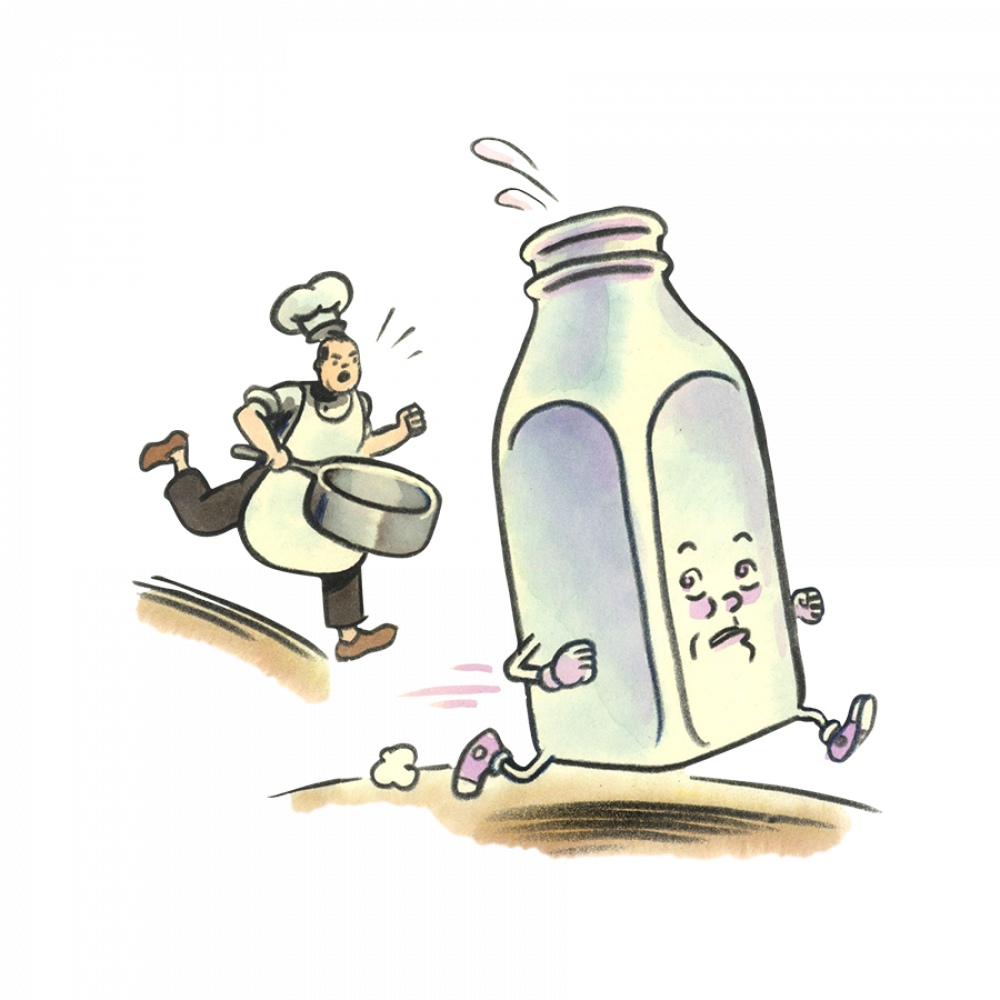True Grit
Yellow corn grits and polenta both are made from ground yellow corn. Which prompted Kristopher Wozny, of Chicago, to ask whether corn grits and polenta are the same thing— and whether one can be swapped for the other.
Yellow corn grits are made from a type of corn known as dent corn or field corn. (Hominy grits are different; they’re made from corn that has been nixtamalized, meaning that the corn has been soaked in an alkaline solution.) Italian polenta, meanwhile, traditionally is made from flint corn, which differs slightly from dent corn in protein and fiber; it also is lower in starch. When we prepared traditional yellow grits (not instant or quick-cooking varieties) and traditional Italian polenta side by side, we found the biggest difference was in texture. The imported Italian polenta cooked up elastic and silky, with a texture that coats the mouth and firms up quickly. The grits retained a more grainy texture. In terms of flavor, however, the yellow grits and polenta were very nearly identical. Though finding true Italian polenta
can be a challenge here in the U.S.—most varieties sold in grocery stores are instant or quick-cooking—we’ve found that it’s possible to mimic polenta. It’s important to start with coarse stone-ground yellow grits or cornmeal (which are also usually milled from dent corn), since steel-ground cornmeal is less flavorful. And while many classic recipes involve cooking on the stovetop—a rather arduous method that requires ample stirring—we learned a much faster, simpler approach in Italy: Bake coarse stone-ground cornmeal in the oven. We found that an hour in a moderate oven allows the grains to hydrate fully and acquire that classic silky polenta texture.


Scalding Skeptics
Vintage recipes—especially those for béchamel sauce— frequently call for scalding milk, a step often skipped in more contemporary recipes. Members of the Milk Street Facebook Community recently wondered why and whether there still is value in scalding milk.
Milk is scalded by heating it to just below the boiling point, a process that denatures the whey proteins in it. Traditionally, this was done because whey proteins sometimes clump during cooking. Classic kitchen lore holds that milk needs to be scalded when making béchamel (a white sauce made by stirring milk into a butter-flour roux), otherwise the sauce could become lumpy and not thicken properly. We wanted to resolve whether this was true and, if so, whether it still is necessary. Most milk today is pasteurized, which deactivates some (but not all) of the whey proteins in milk. So we made batches of béchamel two ways—with pasteurized milk and with raw milk. We then compared how each of the milks performed— scalded and unscalded. The differences surprised us. With both milks, scalding produced much thicker béchamels. But it did not make a difference in how smooth the sauces were. Whether scalded or not, both milks produced creamy, smooth sauces. Turns out, that’s because scalding mostly affects the milk proteins that happen to be responsible for how much the milk thickens. Ultimately, we found scalding milk to be unnecessary for béchamel. If we want our sauce to be thicker, it’s easier to control that by adjusting the ratios of butter or flour.



